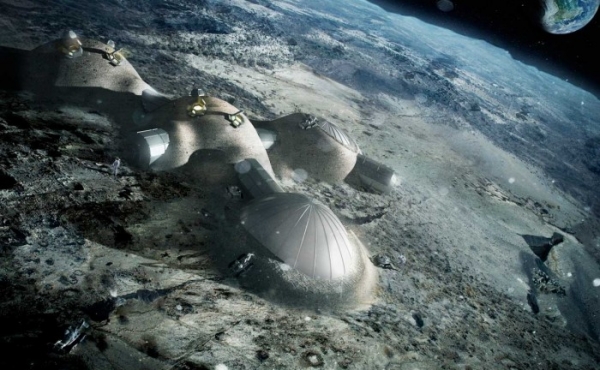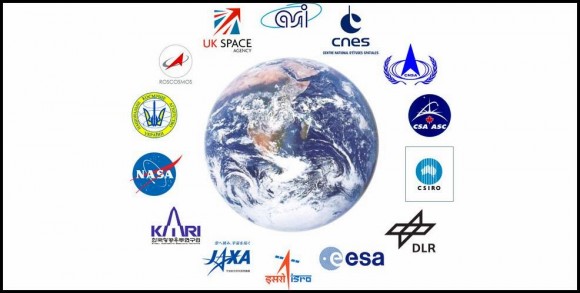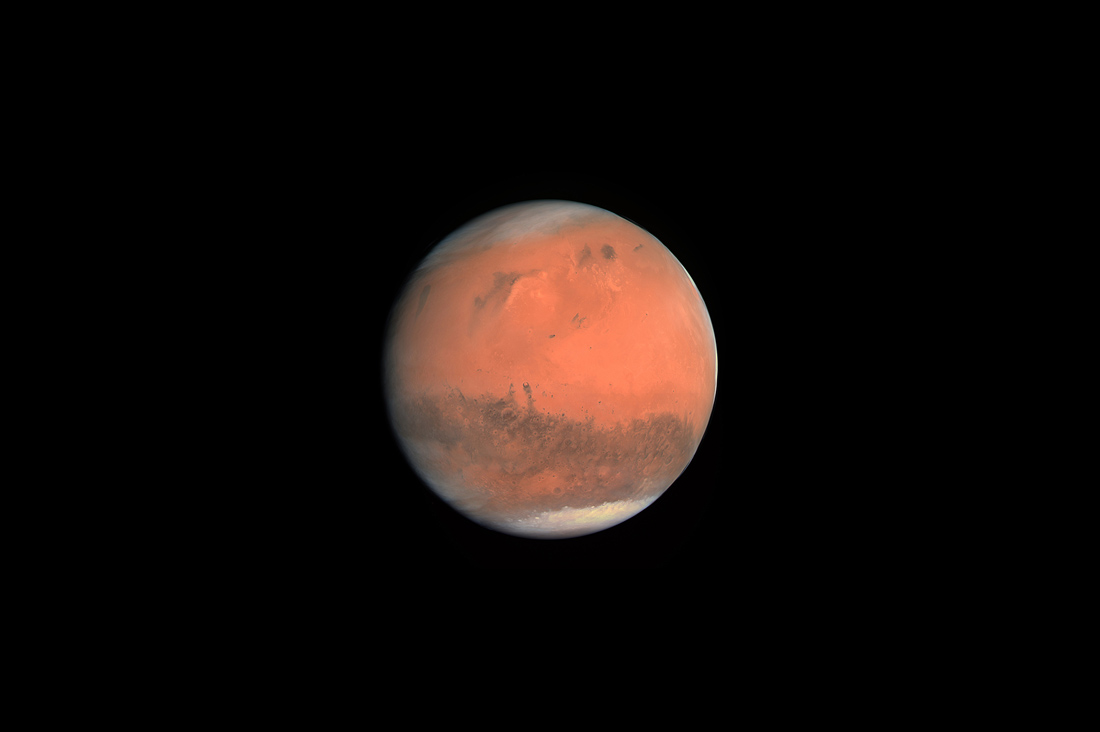
With all the talk of a manned mission to Mars in 2030-ies, it is easy to overlook another serious offer on the next giant leap for mankind. In recent years, the European space Agency set out to return to the moon 2020-th year. Moreover, to build the satellite lunar base, which will provide a platform for future missions to Mars and beyond.
These plans were discussed in detail at a recent international Symposium, which was held late last year at the European centre of space research and science in Noordwijk, the Netherlands. During the Symposium, which was named “the Moon 2020-2030 — a new era of coordinated development of humans and robots”, the new Director General of ESA Jan Werner spoke about his vision for the future work of the Agency.
The purpose of this Symposium — which brought together more than 200 scientists and experts to discuss plans for the mission of the next decade — was to identify common goals for exploration of the moon and an outline of cooperative methods to achieve these goals. Reference was also made to roadmap the Global Exploration Roadmap, International Space Exploration belonging to the Coordinated Group (ISECG), the agenda of space exploration, signed by 14 members of the group — among them NASA, ESA, Roscosmos and other Federal agencies.
The roadmap not only sets out the strategic value of the moon as a target for global exploration, but also calls for a comprehensive international vision to explore the moon and use it for future purposes. In a conversation about how ESA could contribute to this shared vision, Werner presented a plan for your Agency to establish an international lunar base.

In the past, as we have already mentioned that Werner has expressed interest in a base on the moon, which will act as a kind of successor to the International space station. Looking ahead, he speculates about how the international community will live and conduct research in this environment which could be build with the help of robotic workers, 3D printing technologies and local resource utilization.
The construction of such a database also offers opportunities for attracting new technologies and creating partnerships between the Federal space agencies and private companies. ESA is already working with the firm to create architectural design of Foster + Partners, making the plan of its lunar village, and other private companies could explore other aspects of construction.
While the plan provides for a series of manned missions to the moon, starting from the 2020s, in which jobs robots will pave the way for people who will arrive later. These robots will operate through telepresence and they will print the walls of dwellings from the lunar regolith with a mixture of magnesium oxide and a binding salt.
Currently it is planned to build a base in the South polar region, which is in a state of perpetual twilight. Maybe this region will become the target of a future mission to return lunar soil samples — the joint mission of ESA and Roscosmos, which would send a robotic probe to the South polar Aitken basin in 2020 to get samples of ice.
This mission follows in the footsteps of Recoinaissance NASA Lunar Orbiter (LRO), which showed that the Shackleton crater located in South polar region of the moon has a vast supply of water ice. It not only helps to provide a lunar base source of drinking water, but hydrogen, for example, for refueling spacecraft on the way to the Ground and with her.
As Werner said, a lunar base will not only provide an opportunity for scientists from different countries to work and live together:
“The future of space travel needs a new vision. Now we have a space station, a major international project, but it will not work forever. If I say “lunar settlement”, it does not mean separate houses, a Church, town hall and so on. My only idea is based on the concept of settlement: people live and work together in one place. And this place could be on the moon. In the lunar settlement we could combine the capabilities of different space Nations, with the help of robots and astronauts. Participants can work in different fields, to do the pure Sciences and even business, like resource development and tourism”.
Obviously, the benefits would go beyond scientific research and international cooperation. As recently stated by NexGen Space LLC(consulting company NASA), such a framework will be an important step on the way to Mars. The company estimated that if the framework would include a gas station, it will reduce the value of any future missions to Mars by about 10 billion dollars a year.
And, of course, the lunar base will also provide important scientific data that will be useful for future missions. While away from the protective magnetic field of the Earth, the astronauts on the moon (polar orbit) would be exposed to space radiation. These data will be useful for planning future missions to Mars or into deep space.
An additional advantage is the possibility of establishing an international presence on the moon, which will ensure compliance with and implementation of the outer space Treaty. Signed in 1966, at the crest of a wave “lunar race”, the Treaty specifies that “the exploration and use of outer space should be carried out for the benefit and in the interests of all countries and to be the province of all mankind”.
In other words, this Treaty was to ensure that no single country or space Agency can claim the riches of space and the issues of territorial sovereignty will not be distributed on the celestial sphere. But if a lot of agencies will discuss plans to build bases on the moon — involving NASA, Roscosmos, JAXA and ESA — we could reach the other “moon sovereignty” at a certain point in the future.
Base, which could serve regular flights to the moon, could also contribute to the development of space tourism. In addition to offering trips to low-earth orbit aboard Virgin Galactic, Richard Branson also discussed the possibility of travelling to the moon by 2043 year. Golden Spike, another space tourism company, also hopes one day to offer a lunar trip.
Other private space companies, who plan to make the moon a destination for tourists, include Space Adventures and Excalibur Almaz, both companies expect around the moon (without landing on it, sorry). Many analysts believe that in the coming decade the industry will start to go somewhere. And some infrastructure could help make that happen.
Well, looks like we’re going back to the moon. This message was Central in the appointment of a new Director of ESA, the Agency as a whole and the recent Symposium. And who knows where it will lead us? The universe is big.







